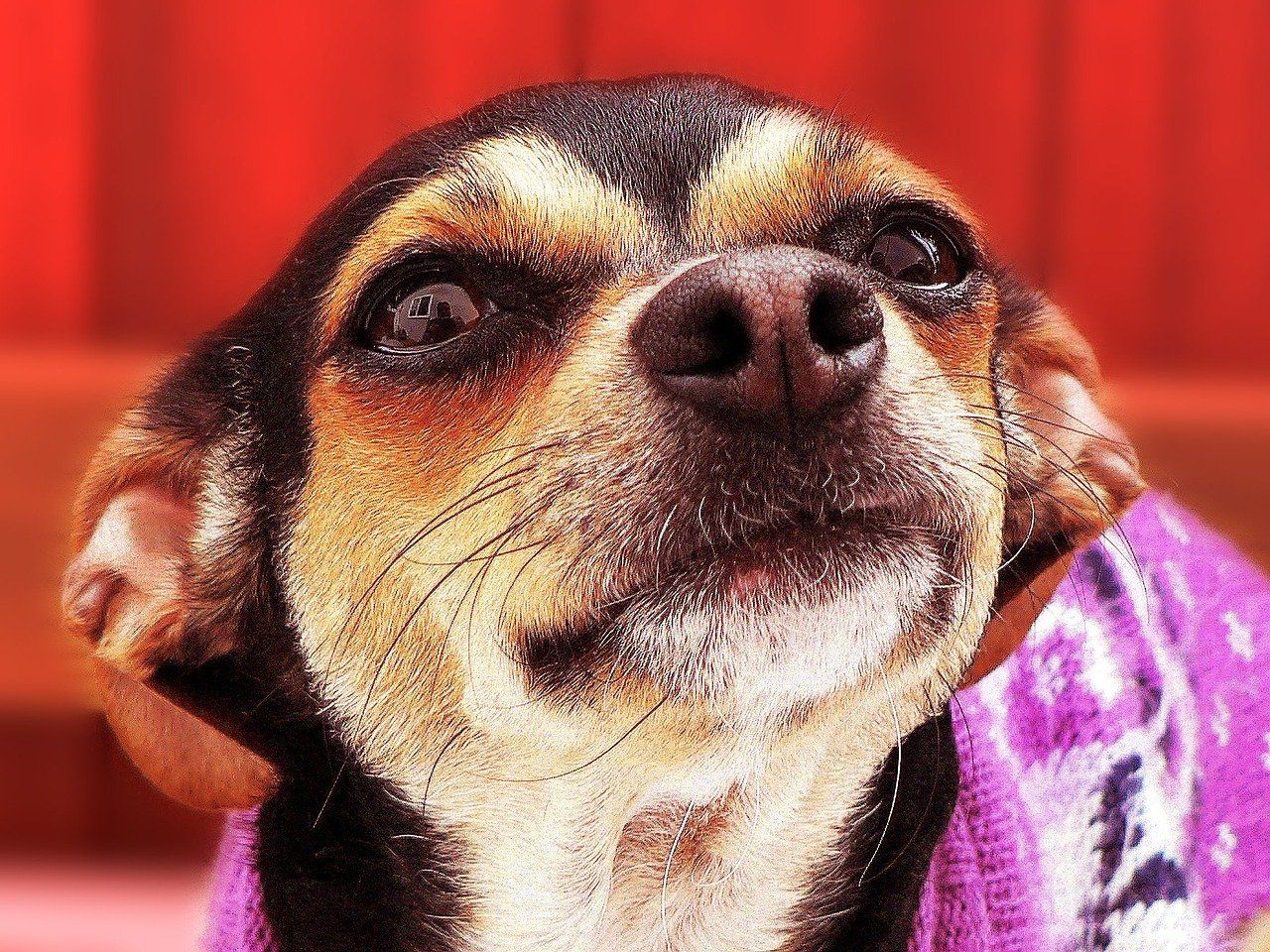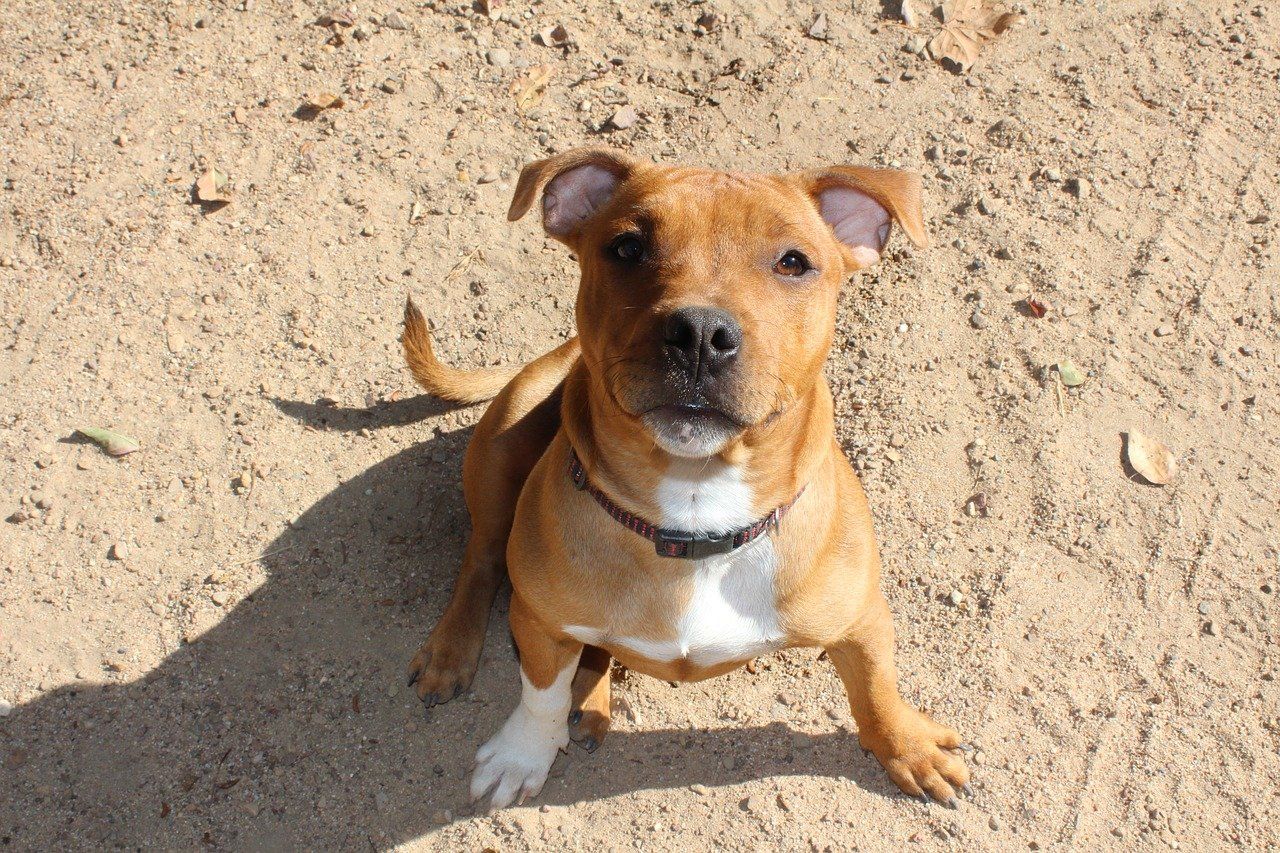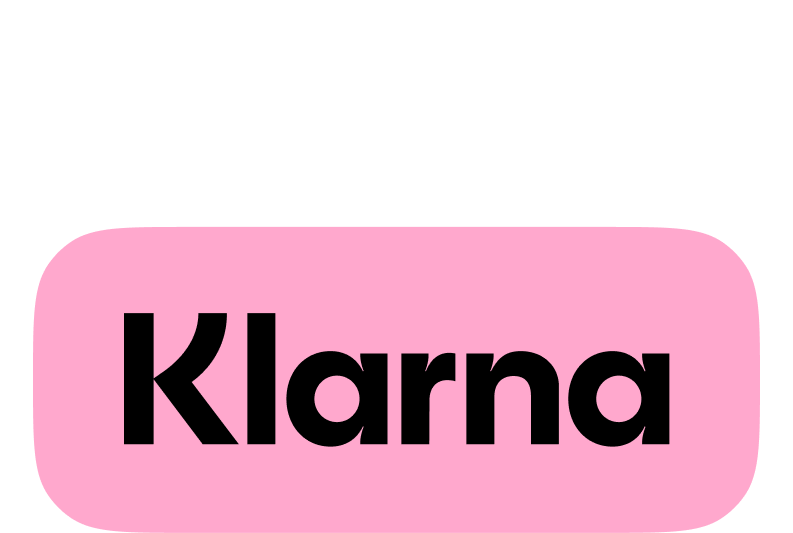Puppy Portal
It's all in the preparation...
Before You Get Your Puppy
The First Few Days
The Next Steps...
PROTECTION versus SOCIALISATION
How can I start to socialise my dog, when they haven't completed their vaccination course?
Mixing with Other Dogs
The key socialisation period for dogs is between approximately 4 and 16 weeks of age. Play appears to serve as a means of social interaction, building coordination and other skills necessary for survival. It may be beneficial for puppies to mix with other dogs as long as:
- They are fit and well and not showing any signs of illness.
- They are fully vaccinated.
- They get to play on "safe-ground" that other dogs haven't been on. This would include inside private houses and gardens, but we would't recommend contact with pavements, parks or other public areas.
- All other dogs are first screened to ensure they are affable and suitable candidates for potential interaction.
- All interaction must be carefully supervised. It is extremely important that puppies do not feel afraid or overwhelmed at any time.
Getting Used to the Environment
Your puppy may be taken out to experience sights and sounds of the everyday world as long as they are CARRIED off the ground. It is very important that you are sensitive to the individual needs of your puppy in order to prevent them from feeling afraid or overwhelmed in new situations. How quickly and how much a puppy is introduced to depends on each individual.
For some individuals, it may be most appropriate for introductions to new things to first be carried out in the home environment where your puppy feels most confident. Sounds of traffic may at first be played at very low levels whilst you play with your puppy. If the puppy does not react to the nose, the sound may gradually be increased. If the puppy seems unsure, the volume should be lowered until the puppy no longer reacts.
Other pupppies may thrive being carried around to experience the sights and smells of the wider world first hand.
Some things to consider introducing your puppy that will be helpful later in life may include:
- Traffic sounds
- Groups of people
- Different smells
- Music
- Children playing
- Umbrellas and hats
TOP TIP: The more routine sounds, smells and sights that your puppy becomes happily accustomed to at a young age, the more likely it is to be at ease with the environment in the future.
Puppy Classes
Puppy classes can be very helpful to new owners. They should always be evaluated to ensure that classes use positive reward, fear free based methods, and that they meet the needs of both you and your puppy.
They provide an opportunity for your puppy to share an environment with others of a similar age and to interact with both other people and dogs.
Help with finding a suitable dog trainer can be found at https://abtc.org.uk/practitioners/
(also https://www.dogstrust.org.uk/dog-advice/dog-school/search )
The Recall
Teaching your puppy to come back to you when requested is an important tool in keeping them safe. The outside world provides many exciting things for a dog to investigate, and so it is important that your puppy learns that returning to you is ALWAYS a good thing.
- The use of one short word with the use of your body to signal helps your communication to be most effective. It is important that each relevant person uses the same word and visual signal.
- Commands should be given once only, despite the urge to constantly repeat it if it has failed the first time!
- Begin in a confined area such as a room of the house or small area of the garden with minimal distractions. Ensure that you have a high value reward ready. This is often a food reward, but for some dogs it may be a favourite toy.
- Use your puppy’s name or make a noise in order to gain their attention. Use your chosen word and body language as your recall cue and move backwards one step. Using an excited, friendly tone and an open body posture often helps to draw your puppy towards you. Reward them with verbal praise and their preferred high value reward as they return to you - regardless of the amount of time it takes.
- As your puppy progresses and responses are reliable, the use of verbal praise may be used with an intermittent pattern of high value reward.
- A gradual progression to increasing distances and distractions may take place over time. The use of a long line and harness may be used when progression is made to public areas
- in order to keep your puppy safe.
- If they ignore you then quietly and gently go over to them, or use the line as guidance for them to return.
- A positive association between returning when called is made by the use of highly valued rewards when the puppy returns without additional guidance.
- A qualified trainer or behaviourist will be able to help you and your puppy if you have difficulty with recall.
TOP TIP: Some dogs may build up a negative association with a recall cue if it signals the end of off-lead exercise.
To avoid this, you may either ensure to call your puppy back to you and continue games in close proximity before putting it on the lead, or you may get your puppy used to coming back and being put on the lead for a minute before being released again at frequent intervals over the course of one walk.
Preventing Mouthing/Biting Behaviour
Puppies use their mouths like an extra sense, learning about the texture, taste and temperature of the objects they are surrounded with via a process of mouthing and biting. Bite inhibition is learnt through an important part of puppy play and interaction with littermates.
Teething in puppies also brings with it a desire to bite and chew on objects in the same way that we do as babies. In order to encourage appropriate chewing behaviour a suitable chew toys for puppies should be provided at all times. It is important for puppies to learn bite inhibition with people, as well as dogs. With all puppies we suggest that the whole family (particularly children) are familiar with these guidelines:
- Never tolerate contact between teeth and flesh.
- Always respond with a loud enough "ouch" or "shriek" that is enough to stop the puppy in their tracks and make them take note.
- If they stop biting, then immediately reward them with either a treat or some fuss.
- If they don't stop immediately or they come back for more, then you need to shriek again, but this time immediately walk away from the puppy (leave the room ideally) and ignore them for a few minutes.
- Try and make sure that you don't ever laugh or make games out of "biting" behaviour. A common issue we get with children is either they play games wherethey try and get the puppy to catch and "nip" their moving hands or they encourage cloth biting behaviour.
TOP TIP: You need to always be consistent with training. Your puppy needs to learn that no mouthing of skin or clothing is acceptable.
Engagement with appropriate interaction and forms of play should take place with your puppy. Play that is overly rough or leads to frustration may be more likely to lead to biting behaviour.
- If they have already had a vaccine, it is worth while calling us in advance as some vaccine brands cannot be mixed between the first and second doses.
- Make sure you find out if the puppy has already had their microchip (it is the law now). Also make sure that you have successfully registered your own details to the microchip database. Here are some links to the common chip database transfers: PetLog , Kennel Club, Avid.
TOP TIP: The Association of Pet Behaviour Councellors (APBC) have a huge amount of really practical information about most aspects of dog training and behaviour.
Their advice sheets can be found here: https://www.apbc.org.uk/dogs/





